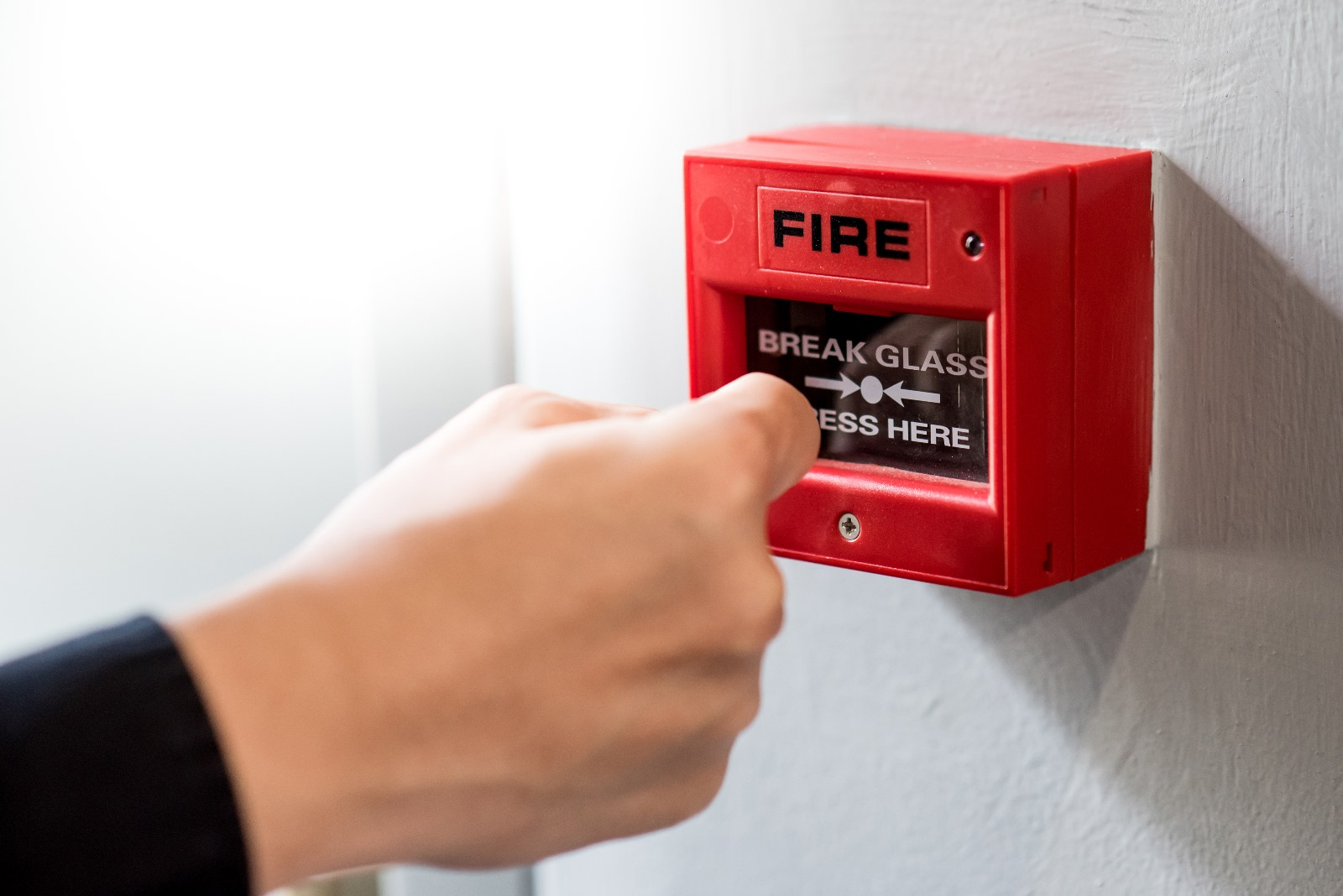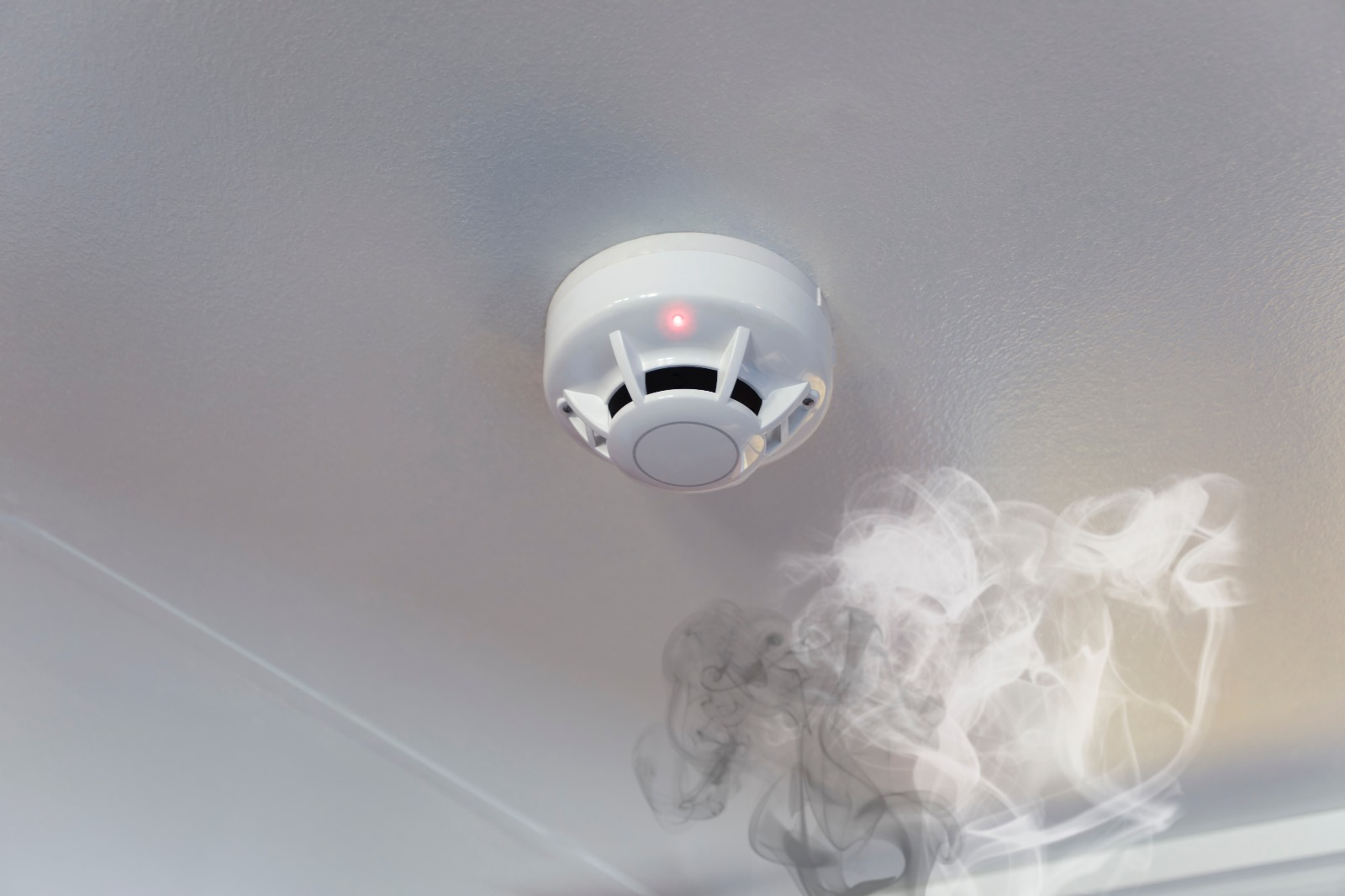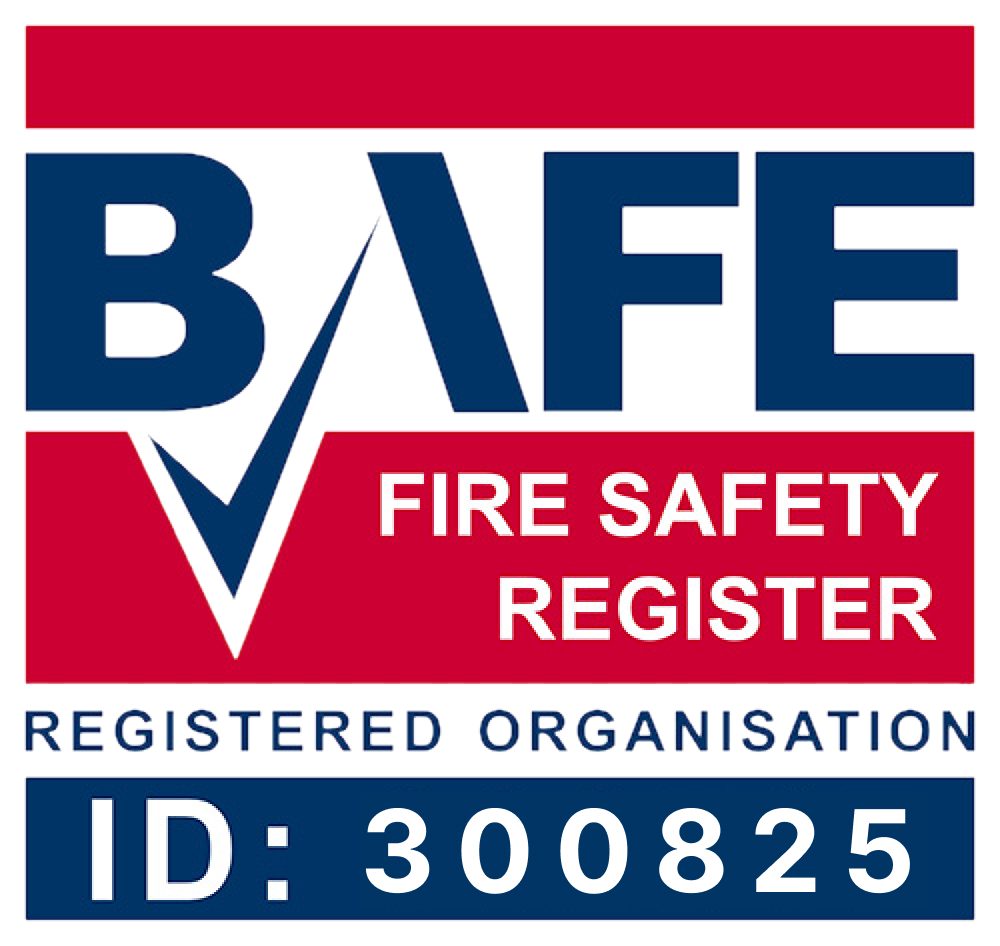Emergency lighting systems are essential for safety and security in many different environments. In this article, we’ll be looking at the various types of emergency lighting systems available, so you can get a better understanding of how they work and what options are best suited to your needs.
Emergency lighting is an important safeguard against potentially hazardous situations arising from power outages or other electrical malfunctions. It ensures that people have enough light to evacuate safely and quickly in any area where there is no natural daylight.
With this knowledge, it’s easy to see why having an effective emergency lighting system in place is essential for any business or homeowner.
What Is Emergency Lighting?
It is a well-known fact that emergency lighting systems are vital in so many ways. After all, what would happen if something were to go wrong and the power failed? Chaos of course!
But, do we truly understand all that these marvellous inventions can provide us with? From the humble beginnings of simply providing illumination should an outage occur, they have evolved into so much more.
With advancements in technology comes even greater possibilities; modern-day emergency lighting offers far more than just light: it provides safety and security too!
We must never forget that when push comes to shove (or darkness envelopes), having such luxuries as motion sensing devices or beacons at our disposal is absolutely essential; not only does this ensure that everyone remains safe and secure during any untoward incident but also gives peace of mind knowing full well that you won’t be left in the lurch.
Truly, emergency lighting systems are a marvel – one which deserves respect and admiration from all who experience their wonder.
Different Types Of Emergency Lighting
Continuing on from what we discussed previously about emergency lighting, it’s important to know the different types of systems available.
Firstly, there are self-contained emergency light fittings, which are small and relatively inexpensive. These come with a battery backup within the fitting itself and don’t require any wiring to function.
Secondly, there is an ‘Emergency Lighting System’, whereby individual luminaires can be wired together in order to run off the same power supply – this method is often used when larger areas need covering or if more control over particular lights is needed.
Thirdly, you have Central Battery Systems. This type of system utilises one big central battery bank as its primary source of power for all connected emergency lights and then allows additional batteries to be added depending on size requirements.
Finally, Non-Maintained Emergency Lights operate only when main power fails but otherwise remain unlit during normal operation times; they’re generally used in situations where only limited lighting is required upon failure of mains electricity (e.g stairwells).
With each option comes pros and cons that must be weighed up prior to installation.
Benefits Of Emergency Lighting
Safety is a major factor when it comes to emergency lighting, and it’s essential that we understand the different types of systems available to us.
Security is also a key benefit of emergency lighting, as it helps to protect people and property in the event of an emergency.
Safety
When it comes to safety, emergency lighting is a must-have. It’s essential for providing illumination and guidance during unexpected power outages or natural disasters, allowing people to evacuate quickly and safely in the dark. With emergency lights installed throughout a building, occupants can be sure that they won’t be left stumbling around in the dark if something were to happen.
Emergency lighting also helps maintain order when visibility has been compromised by smoke, fog, or other forms of weather events – ensuring that everyone remains safe until help arrives. Simply put, having adequate emergency lighting systems in place could mean the difference between life and death in an emergency situation.
So don’t wait; make sure you equip your premises with reliable emergency lighting today!
Security
Of course, emergency lighting isn’t just about evacuation – it’s also about security.
Installing emergency lights in key areas of a building can act as a deterrent against potential intruders and make it easier for security personnel to monitor the area during an outage.
This added level of visibility helps deter break-ins or vandalism when conditions are dark and visibility is low, making sure that your premises remain safe from harm.
Plus, with motion sensors installed on many modern emergency lights, they’ll detect any suspicious activity before it becomes a problem – giving you peace of mind knowing that your property is well protected.
All in all, there’s no doubt that having adequate emergency lighting systems in place will go a long way towards ensuring the safety and security of your property.
Installation Requirements
Emergency lighting systems are an essential component of any building, and it’s estimated that around 80% of all commercial buildings in the UK have one installed.
Here are some key installation requirements to keep in mind when installing an emergency lighting system:
- All light fixtures used must be suitable for their locations and meet the relevant standards
- The battery power supply should provide at least 1 hour of backup time in case of a mains failure
- Luminaires should include self-test functionality to ensure they operate correctly during regular checks
The design process is equally important; careful consideration needs to be taken into account depending on the type of property being fitted with emergency lighting, as well as its size and shape.
It’s critical to bear in mind fire safety regulations too. In addition, adequate training should be given to staff so that everyone knows how to use emergency lights properly during a real emergency situation. Failure to do so could result in serious injury or worse.
Therefore, it’s essential that you familiarise yourself with local laws pertaining to emergency lighting before embarking on your project.
Maintenance And Testing
Moving on from the installation requirements, it’s important to consider the maintenance and testing of emergency lighting systems. It’s essential for these systems to be tested regularly in order to ensure they are still functioning correctly; this is both a legal requirement and an effective safety measure.
The frequency of tests will depend on the type of system being used – some require monthly checks while others may only need checking once per year. Testing typically involves ensuring that all emergency lights are illuminated when necessary, as well as verifying battery life and any other components which could affect the performance of the system.
Additionally, it’s important to check that exit signs remain visible at all times so people can find their way out during an emergency situation. If issues are found during testing then they should quickly be addressed in accordance with manufacturer instructions.
Troubleshooting Common Issues
Ah, the joys of troubleshooting common issues with emergency lighting systems. From flickering bulbs to completely dark corridors, it can be a real headache trying to pinpoint the source of the problem. But never fear – here are some handy tips on how to identify and resolve any conundrums you may encounter:
- Investigate all possibilities by checking for loose wires or connections in the system.
- Replacing faulty components is essential; don’t skimp when it comes to replacing light units!
- Don’t forget that batteries need to be checked regularly too – there’s no point in having an illuminated exit path if your battery has gone flat!
What I’m saying is this: while troubleshooting might seem daunting at first thought, once armed with the right knowledge and techniques, it isn’t so bad after all! So get out there and start investigating those pesky problems today – you’ll find yourself pleasantly surprised with what you can achieve.
Frequently Asked Questions
How Much Does An Emergency Lighting System Cost?
The cost of an emergency lighting system can depend on a variety of factors, such as the type and size of the system needed.
Generally speaking, larger systems will be more expensive than smaller ones and those with additional features may incur higher costs too.
It’s also important to bear in mind that installation fees may need to be taken into consideration when budgeting for an emergency lighting system.
All said, prices can range from hundreds to thousands depending on your specific requirements.
What Safety Measures Should Be Taken When Installing Emergency Lighting?
When installing an emergency lighting system, safety should be a top priority. It’s important to ensure that all fittings and cabling are securely mounted in accordance with the manufacturer’s instructions.
Additionally, it is essential to use high-quality components that meet relevant standards and regulations. Furthermore, regular maintenance checks must take place to guarantee the reliability of the system when required.
Finally, any workers involved in installation or repair must possess the necessary qualifications and experience for the job at hand. Ultimately, these measures will help protect everyone from accidents or injuries caused by faulty equipment.
How Do I Know Which Type Of Emergency Lighting Is Best For My Building?
When it comes to selecting the right type of emergency lighting for your building, there are a few important things to consider.
You’ll need to think about the size and layout of your building, as well as any specific safety requirements that may be necessary in order to meet regulations.
Additionally, you should also pay close attention to how much power is required for each system, as this could affect installation costs.
Ultimately, with careful consideration, you can ensure that you choose an emergency lighting solution that meets all of your needs.
How Often Does An Emergency Lighting System Need To Be Tested?
It’s estimated that in the UK, around 1.5 million properties require emergency lighting systems for certain areas within a building. Therefore it’s important to know how often these types of lighting should be tested – usually at least once every 12 months.
In addition to this, any new or altered parts of an existing system must also be checked and re-assessed before being put into service.
It’s essential that regular tests are conducted to ensure all components are still operating correctly and safely. This is because if a failure occurs due to a lack of maintenance, then those responsible may face serious legal implications.
Are There Any Regulations For Emergency Lighting Systems?
Regulations for emergency lighting systems are very important in ensuring that they work correctly when needed.
In the UK, regulations from the Regulatory Reform (Fire Safety) Order 2005 require employers to carry out an annual inspection and testing of all emergency lights in their buildings.
The test should be completed by a qualified person who is competent in inspecting, testing and certifying fire safety equipment.
This includes checking battery performance as well as visual checks of luminaires and control gear according to BS 5266-1: 2016 standards.
In conclusion, it’s evident that having a comprehensive emergency lighting system in place is essential for any building. It not only ensures the safety of those inside but also provides peace of mind knowing that if an emergency were to arise, appropriate measures are already taken.
The cost and effort required can be daunting, yet understanding all aspects of the various types of systems available as well as taking proper safety precautions during installation will ensure your building’s occupants have the best chance of safely evacuating should the need arise.
We hope this article has helped you to comprehend more about these lifesaving systems so you can make a knowledgeable decision on what type is most suitable for your premises.















































